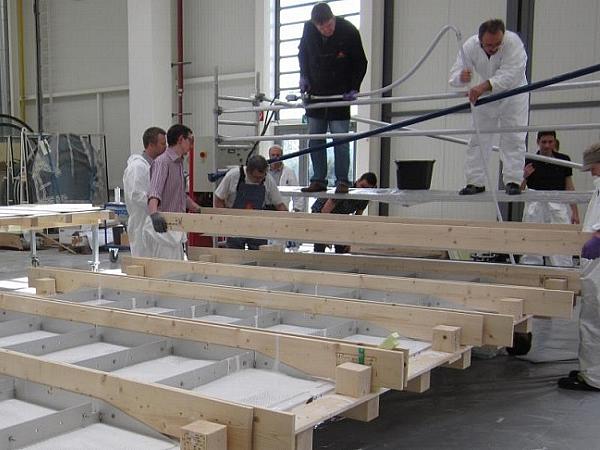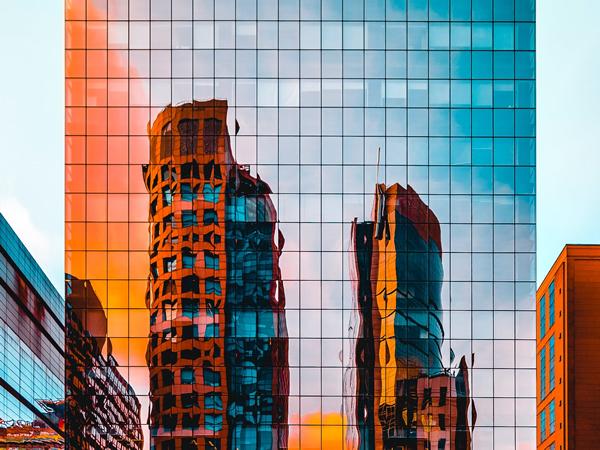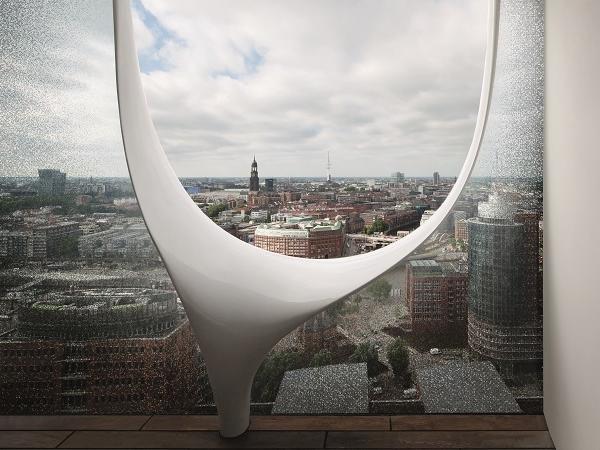Others also read
| In a glass tempering process, residual stresses to glass are made with heat treatment. The process includes heating and cooling, and they should be equal on both sides of the glass pane.
| The present paper, correlated with the Author’s speech at GPD 2019 but extending it at the same time, summarizes some of the R&D work recently published by Saint-Gobain.
| The paper describes the research and development of phosphorescent glass.
| In this article, the prestressing profile of chemically prestressed glass panes is investigated and two different measurement methods for recording surface compressive stress will be presented.
| Laminated glass panels installed in structurally glazed applications may not always have the full laminate glass thickness supported along its bottom edge.
| This paper was first presented at GPD 2019 by Dr. W.M. Stevels from Eastman Chemical Company.
| Due to the tension stiffening of the polymeric interlayer resulting from the adhesion with the glass shards, laminated glass maintains significant stiffness and strength even when all glass plies are broken.
| Following a short overview outlining key design objectives, the fabrication process of an opaque composite glass panel is described in detail.
| Architectural preferences for commercial building continue towards increased transparency resulting in large lites of glass with minimal visual obstruction.
| In the last years contentions about anisotropies among customers and manufacturers occurred when using glass products, such as heat-strengthened (HS) or fully tempered glass (FT).
| Insulating glass has been used around the world in applications ranging from family homes to high-scale construction.
| In this paper local heat transfer of impinging small jets on surface heat transfer and residual stresses is studied.
| A Growing Market to Meet Present and Future Challenges
| As a modern society, we’re spending about 90% of our time indoors – at home, in offices or commuting. How is it possible to get access to daylight, when we can’t naturally be outside? By making buildings more transparent.
| As digitalization becomes a strategic discipline in almost all enterprises and industries, the glass processing business is no exception.
| The use of laminated safety glass instead of single glass sheets is especially important in order to mitigate the risks of potential post-breakage behaviour and thus for the fixation of glass fragments in case of damage to the glass.
| Safety standards are constantly rising in all possible areas in which glass is used or installed – which is the reason why lamination is also becoming increasingly important in the glass industry.
| In several standards such as EN 1288 test scenarios for the determination of strength of glass is described.
| The refurbishment of Hall access involves the complete demolition of existing access for the construction of a new lobby with greater transparency. To get this new image, the architect choose a solution in structural glass, without other structure.
| The fragment count in the standardized fragmentation test in the standard EN 12150-1 is the way to define the safety level of tempered glass and a way to also get an indication about the stress and strength level of the tempered glass.
| Glass distortions may cause objects to appear irregular and out of focus when observed through a distorted glass panel.
| The New Hype in Top End Architecture – an Examination of Latest Product Developments and Projects
| Curved insulated glass units formed by tempered bending or annealed slumped bending offer a bold expression of architectural design with transparency and energy efficiency.
| A couple of years ago all started with the first measurement of anisotropies and edge stress as well as the detection of White Haze and other glass imperfections right after the furnace.
| This year the special show will address the four focal themes Interactive Façades/Display Glass, Energy and Performance, Structural Glass and New Technologies.

























